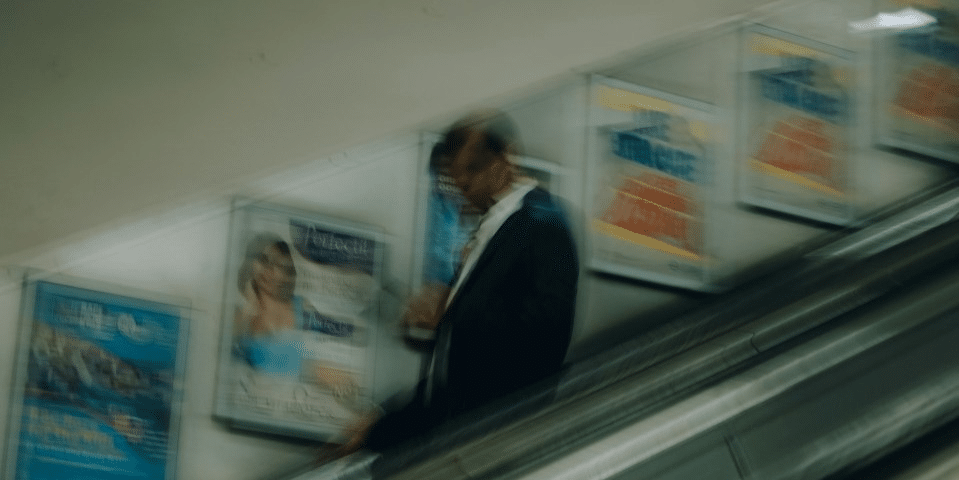Saturation plays a crucial role in shaping the visual aesthetic and emotional impact of movies. It refers to the intensity or richness of colors present in a film, ranging from vibrant and vivid hues to muted and desaturated tones. In this article, we’ll explore how saturation affects movies, influencing everything from mood and atmosphere to storytelling and audience engagement.
Understanding Saturation in Movies
Saturation is a fundamental aspect of cinematography that filmmakers use to convey meaning and evoke emotions in their audience. By manipulating the saturation levels of colors within a scene, filmmakers can create visual compositions that enhance the narrative, establish the tone, and immerse viewers in the world of the film.
Saturation is typically adjusted during post-production through color grading, a process where colorists manipulate the color and tone of each frame to achieve the desired look and feel. This allows filmmakers to enhance the vibrancy of colors in a scene to create a sense of warmth and energy, or desaturate colors to evoke a feeling of coldness or melancholy.
Setting the Mood and Atmosphere
One of the primary ways saturation affects movies is by setting the mood and atmosphere of a scene or film. Bright, saturated colors can create a sense of joy, excitement, or optimism, while muted or desaturated colors can convey a mood of sadness, tension, or foreboding.
For example, a romantic comedy may feature scenes with high saturation levels to enhance the sense of happiness and romance, while a thriller or horror film may utilize desaturated colors to create a sense of unease and suspense. By adjusting the saturation levels of colors, filmmakers can manipulate the emotional response of the audience and enhance the storytelling experience.
Enhancing Visual Depth and Dimension
Saturation also plays a role in enhancing the visual depth and dimension of a movie. By carefully balancing the saturation levels of foreground, midground, and background elements within a scene, filmmakers can create a sense of depth and perspective that draws viewers into the frame and enhances the sense of immersion.
For example, increasing the saturation levels of foreground elements can create a sense of proximity and immediacy, while decreasing saturation in the background can create a sense of distance and depth. By strategically manipulating saturation levels, filmmakers can guide the viewer’s eye and create visual compositions that are visually dynamic and engaging.
Establishing Visual Style and Identity
Saturation is a key component of a film’s visual style and identity, helping to distinguish it from other movies and establish a unique aesthetic. Filmmakers often use saturation as a creative tool to express their artistic vision and convey thematic elements of the story.
For example, a film set in a dystopian future may feature desaturated colors to evoke a sense of bleakness and despair, while a period piece may utilize saturated colors to evoke a sense of nostalgia and authenticity. By selecting a specific saturation palette, filmmakers can reinforce the thematic elements of the story and create a cohesive visual style that enhances the overall impact of the film.
Conveying Cultural and Symbolic Meaning
In addition to its aesthetic and emotional effects, saturation can also convey cultural and symbolic meaning within a movie. Certain colors may be associated with specific emotions, themes, or cultural contexts, and filmmakers can use saturation to reinforce these associations and communicate deeper layers of meaning to the audience.
For example, red is often associated with passion, danger, and romance, while blue is associated with calmness, sadness, and introspection. By adjusting the saturation levels of these colors, filmmakers can amplify their symbolic meaning and enhance the narrative resonance of the film.
Audience Engagement and Immersion
Ultimately, the impact of saturation on movies extends to audience engagement and immersion. By creating visually compelling and emotionally resonant imagery, filmmakers can captivate viewers’ attention and draw them into the world of the film.
For example, scenes with high saturation levels may elicit a visceral response from the audience, evoking feelings of excitement, joy, or awe. Conversely, scenes with desaturated colors may create a sense of detachment or melancholy, prompting viewers to reflect on the deeper themes and messages of the story.
Saturation: an Essential Tool in Film
Saturation plays a vital role in shaping the visual aesthetic and emotional impact of movies. From setting the mood and atmosphere to enhancing visual depth and dimension, establishing visual style and identity, conveying cultural and symbolic meaning, and engaging the audience, saturation influences every aspect of the filmmaking process.
By manipulating saturation levels, filmmakers can create visually stunning and emotionally resonant imagery that enhances the storytelling experience and leaves a lasting impression on viewers. As such, saturation remains an essential tool in the filmmaker’s arsenal, allowing them to craft compelling and immersive cinematic experiences that resonate with audiences around the world.






